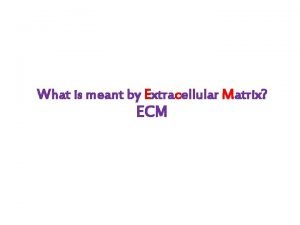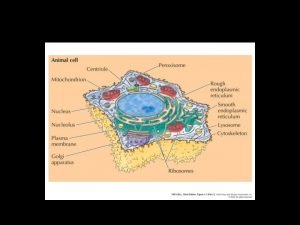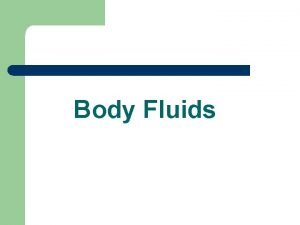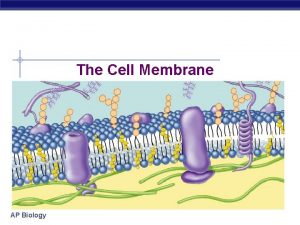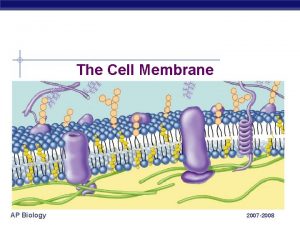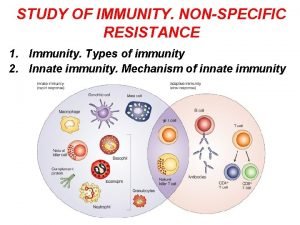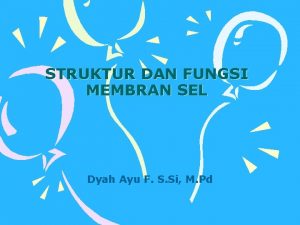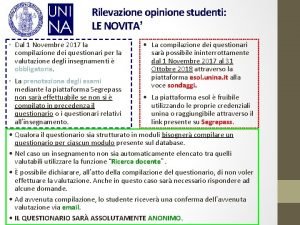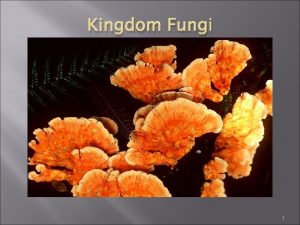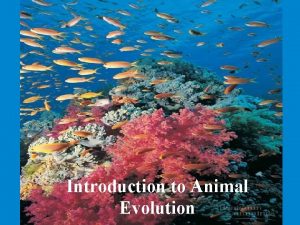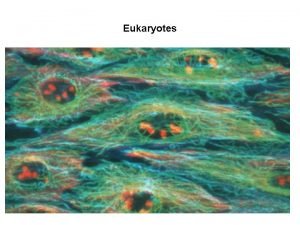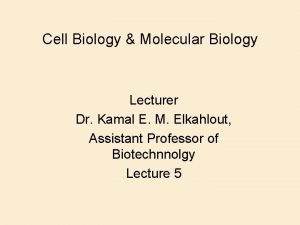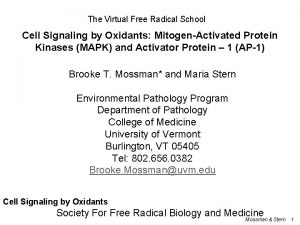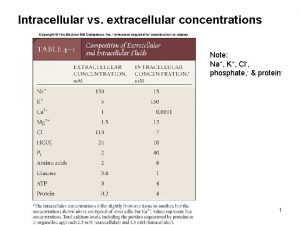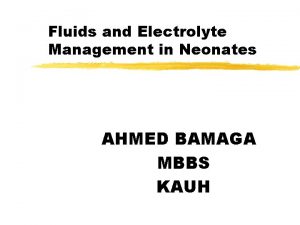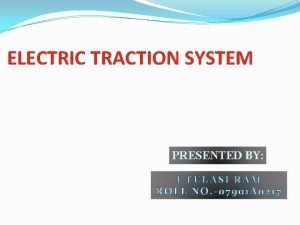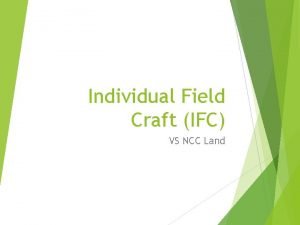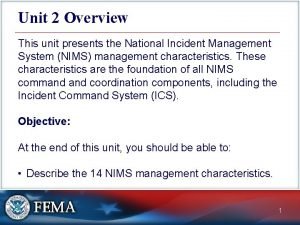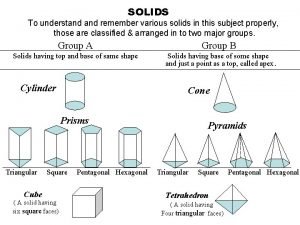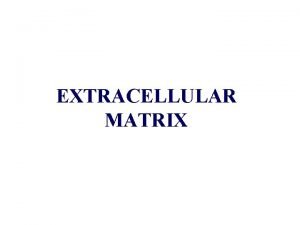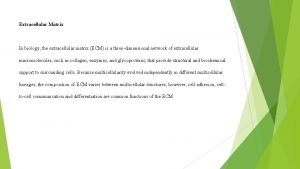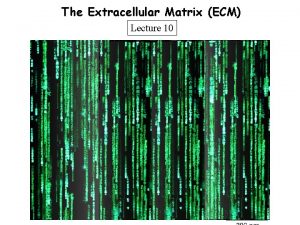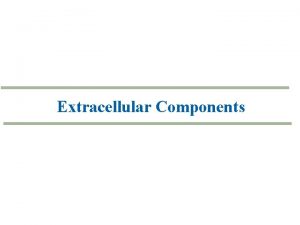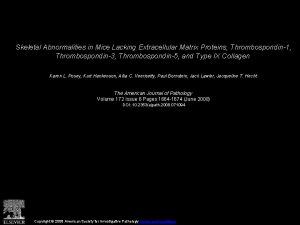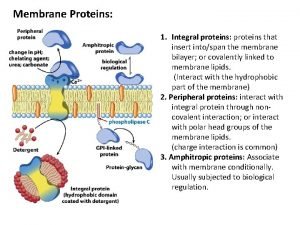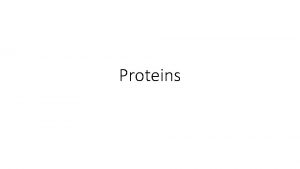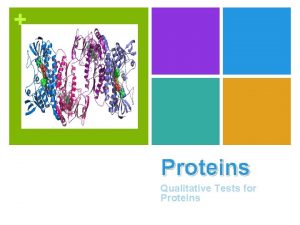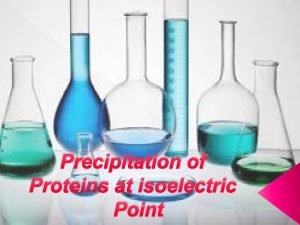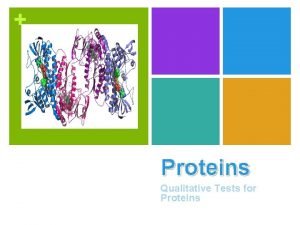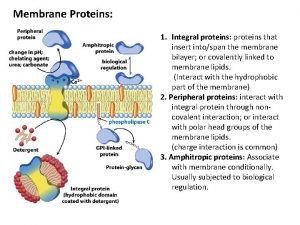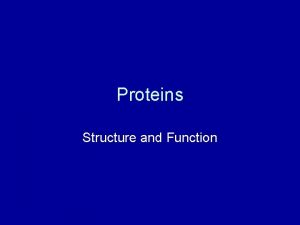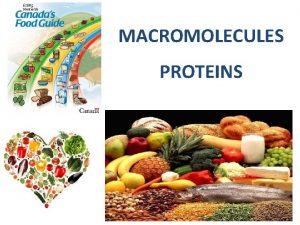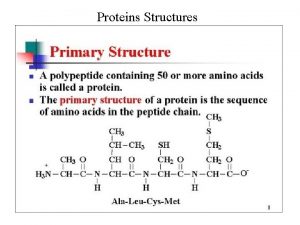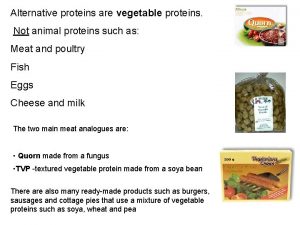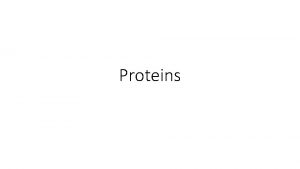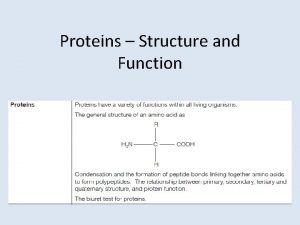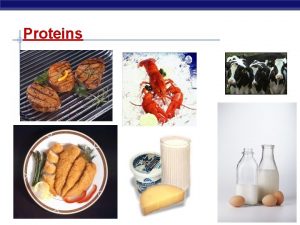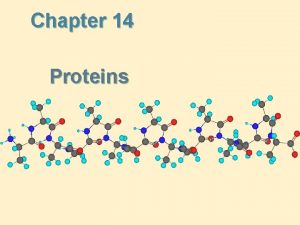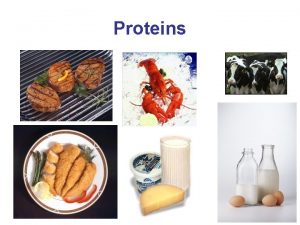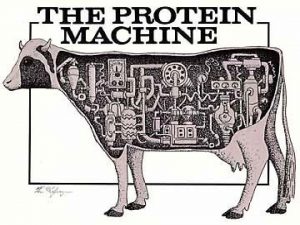Extracellular Matrix various types of extracellular matrix proteins



























- Slides: 27

Extracellular Matrix; various types of extracellular matrix proteins


DEFINITION: EXTRACELLULAR MATRIX The extracellular matrix (ECM) is a three dimensional network of extracellular macromolecules, such as collagen, enzymes, and glycoproteins, that provide structural and biochemical support to surrounding cells.

Support for cells Pattern of ECM regulates ECM Function polarity cell division adhesion motility

Development Migration FUNCTIONS……. Differentiation Growth factors

ECM Features STABLE AND ABLE TO BE REORGANISED? DIFFERENT FOR DIFFERENT TISSUES

Glycoproteins Fibers ECM Structure • Collagen main fibers • Elastin Hydrated Matrix • Proteoglycans • High carbohydrate Adhesive • Laminin • Fibronectin

TYPES OF EXTRACELLULAR MATRIX The extracellular matrix is made of three main types of extracellular macromolecules: (i) Polysaccharide glycosaminoglycan’s (com monly known as mucopolysaccharides)

(ii) Fibrous protein contain two types Continue…. . (a) Mainly structural (e. g. , collagen and elastin) (b) Mainly adhesive (e. g. , fibronectin and laminin) (iii) Specialised extracellular matrix or basal lamina

(i) Glycosaminoglycan: • It is a long, un-branched linear polysaccharide chains and consists of repeating disaccharide units in which one of two sugars is always either N-acetyl glucosamine or N-acetylgalactosamine. Hence it is named glycosaminoglycan.

(ii) Fibrous Protein: • A. Structural Fibrous Protein (a) Collagen: The major fibre-forming structural proteins of the extracellular matrix are collagens. The fibrillar collagens are generally rope-like It is a hyderpphobic protein.

Collagen structure • Composed of 3 polypeptide alpha chains coiled around each other to form triple helix configuration. • Depending upon the type of collagen the molecule may be made up of either identical alpha chains or 2 or 3 different alpha chains. • Each helix is around 1. 4 nm in length

Cartilage Ligament Components of collagen Tendon Bone Skin

• It play an important role in cell Function of Collagen differentiation , polarity, movement. • It play an important role in tissue and organ development.

Types of Collagen can be organized into three groups based on their location and function in body. • • • Network forming collagen Fibril associated collagen

Fibril forming collagen • • • These have rope like structure. Types and Distribution Type 1: skin, bone, tendon, blood vessels , cornea Type 2: cartilage, invertebral disk Type 3: blood vessels, fetal skin

Network forming collagen • These are three dimensional mwsh rather than distinct fibrils. • • Type 4: basement membrane Type 5: beneath stratified squamous epithelia

Fibril associated collagen • These types bindes to the surface of collagen fibrils linking these fibrils to one otherand other components in extracellular matrix. • Type 6: cartilage • Type 7: tendon , ligament , some other tissues

• Elastin is a fibrillar cross linked, random coil, (b) Elastin: hydrophobic, non glycosylated protein that gives the elasticity of the tissues—such as skin, blood vessels and lungs—in order to function.

Diagram:

Adhesive Fibrous Protein: • The extracellular matrix contains several ad hesive fibrous glycoproteins that bind to both cells and other matrix macromolecules.

(a) Fibronectin: • Fibronectin is a glycoprotein. It is made of two polypeptide chains which are similar but not identical.

(b) Laminan: • Laminin is an adhesive glycoprotein. It is secreted specially by epithelial cells. This protein is a major part of all basal laminae. It binds the epithelial cells to type IV collagen of basal Lamina.

Diagram:

(iii) Specialised Extracellular Matrix Basal Laminae: • Basal lamina is a continuous thin mat or sheet like specialised extracellular structure that un derlies all epithelial cells. Individual muscle cells, fat cells, Schwann cells are wrapped by basal lamina. It is actually linked to the plasma membranes of different types of cell by specific receptors.

Diagram:

 Connective definition
Connective definition Basement membrane structure
Basement membrane structure Intracellular extracellular fluid
Intracellular extracellular fluid Synovial fluid
Synovial fluid Extracellular fluid
Extracellular fluid Transcellular fluid
Transcellular fluid Body fluids
Body fluids Interstitial fluid vs extracellular fluid
Interstitial fluid vs extracellular fluid Extracellular fluid and interstitial fluid
Extracellular fluid and interstitial fluid Extracellular fluid
Extracellular fluid Extracellular fluid composition
Extracellular fluid composition Non specific innate immunity
Non specific innate immunity Struktur extracellular fluid
Struktur extracellular fluid Neutrophil extracellular traps
Neutrophil extracellular traps Extracellular digestion
Extracellular digestion Extracellular digestion
Extracellular digestion Outline two roles of extracellular components
Outline two roles of extracellular components Extracellular signal
Extracellular signal Extracellular signal regulated kinase
Extracellular signal regulated kinase Intracellular k concentration
Intracellular k concentration Major intra and extracellular electrolytes
Major intra and extracellular electrolytes Arno converter converts
Arno converter converts How many types of ground in ncc
How many types of ground in ncc Classification of cutting tool
Classification of cutting tool Various types of reports
Various types of reports To avoid overburdening the incident command
To avoid overburdening the incident command A hexagonal pyramid base 25mm side and axis 55mm long
A hexagonal pyramid base 25mm side and axis 55mm long Carrier vs channel proteins
Carrier vs channel proteins

